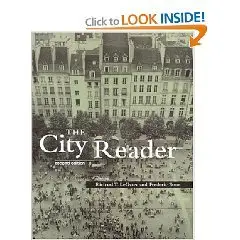Pyramid (EXPERIENCE) By DK Publishing
Author:Peter Chrisp | Reading level:Ages 9-12 | Publisher:DK CHILDREN | 64 Pages | 2006-08-21 | ISBN-0756614104 | PDF | 20.04 MB
Author:Peter Chrisp | Reading level:Ages 9-12 | Publisher:DK CHILDREN | 64 Pages | 2006-08-21 | ISBN-0756614104 | PDF | 20.04 MB
A completely unique approach to illustrated reference, DK's new Experience series uses panoramic storyboard sequences to help readers dive into the printed page and learn in a whole new way as the action unfolds.Grade 4-8–Chrisp guides readers through a graphic path of storyboard text superimposed on full-color illustrations to show the steps involved in building and the history behind the Great Pyramid of Giza. A discussion of the settlement of the Nile, a catalog of tools used in the construction, a description of the steps taken when a pharaoh died, mummification, the rediscovery of the tombs and their secrets, illustrations of the treasures found within them, and a catalog of the pyramids of the world make this a comprehensive study of the subject. Definitions of new terms are found along the bottom of each page and are highlighted in the text. David Macaulay's Pyramid (Houghton, 1975) describes in great detail the building process for an imaginary structure and has black-and-white illustrations. Anne Millard's Pyramids (Kingfisher, 1996) covers similar material but focuses more on those that have been built around the world. With its beautiful illustrations, three-dimensional diagrams, and information gleaned from the use of cutting-edge technology (CT scans), this book is an enticing, up-to-date study of Egyptology and is sure to appeal to students. It's the next best thing to being there.–Ann Joslin, Fort LeBoef School District, Waterford, PA.




![Cox Architects (Master Architect Series I) [Architecture / Design] By Images Publishing Group Pty.Ltd](https://pixhost.icu/avaxhome/fe/a4/000ea4fe_medium.jpeg)

![Cox Architects: Selected and Current Works (Master Architect Series ) [Architecture / Design]{repost}](https://pixhost.icu/avaxhome/c8/a4/000ea4c8_medium.jpeg)